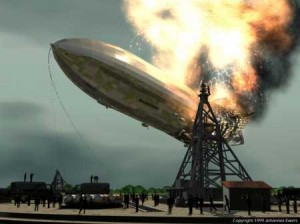What does the demise of the Surgically Altered One have to do with anything? Well . . .
A heavy box from Tyndale House publishers arrived at the house yesterday. It was full of these:
The Paul Harvey book has just been released in paperback form. I’m very pleased that Tyndale has chosen to do this. My hope is that it will find a wider readership in this new incarnation.
To be transparent for a moment, the fate of the hardcover edition of Paul Harvey’s America represents one of the most disappointing chapters of my life thus far. When in March of 2009, my dear friend Stephen Mansfield extended the invitation to collaborate with him on a book about the recently deceased radio icon, it represented a vision-come-true for me.
After ghost-writing or editing dozens of published books for other, more famous individuals, I had been hoping and dreaming of someday seeing a book or two with my name on the cover. And I was particularly interested in writing on subjects emerging from the colliding worlds of faith, media and the culture. The Paul Harvey book seemed custom tailored in Heaven.
Because of some unusual circumstances, the book had to be written in about a month. Even so, I felt very good about the content. Indeed, to this day I consider it the best writing I’ve ever done.
The book was scheduled for official release on July 4 (what better date for a book about a patriot) accompanied by a burst of publicity and media. Tyndale hired an outside publicist to generate buzz and get Stephen and I media interviews. I was told to clear my schedule because Stephen would only be available to do a couple of high profile interviews. The rest would come to me.
It seemed I was on my way.
As the end of June approached, the book actually released a little early. The publicity rocket was prepared for launch. Then, on the afternoon of June 29th, news began circulate online that Michael Jackson had died suddenly. For the next four weeks, no one in the media wanted to talk about anything else. The scandalous death of the scandal-plagued icon sucked all the oxygen out of the room for a full month.
Stephen did one interview–a taping with Mike Huckabee that didn’t run for weeks. Fox eventually ran it on a weekend and book sales jumped momentarily. I never did a single interview about the book.
Okay, that’s not completely accurate. A gentleman who does a weekend radio program on a Shreveport radio station interviewed me by phone for his show. He was gracious and I was grateful. And Paul Harvey’s America remains one of the best biographies no one has read.
Of course, it doesn’t help that we live in a youth-obsessed culture and people under the age of 35 have no idea who Paul Harvey was. Nevertheless, the writing gets a fresh chance at life now.
And Paul Harvey, America’s greatest optimist would have been the first to remind us that this great nation is all about second chances and the power of persistence.

















